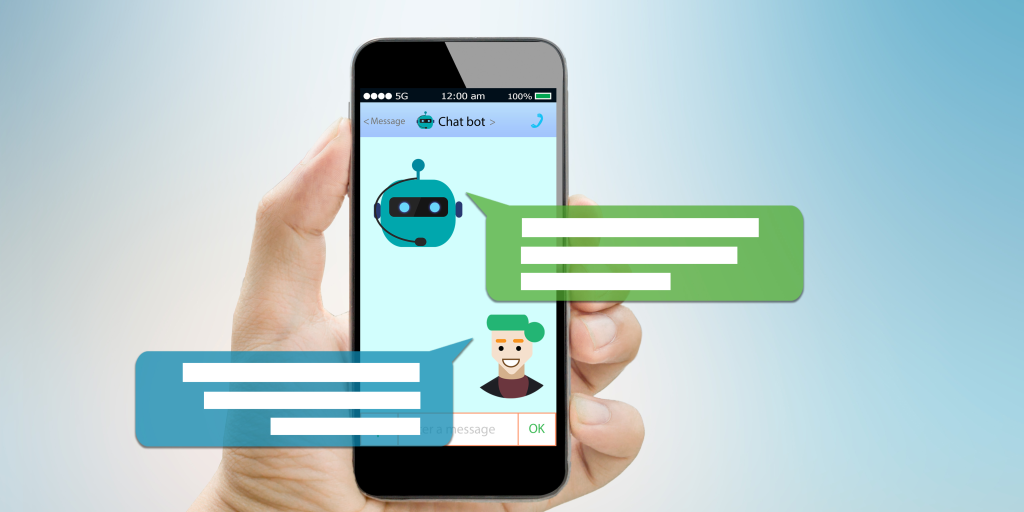Experience the thrill of web building! As technology advances rapidly, developers and businesses must stay abreast of new developments. We’ll look ahead to 2024’s top web development trends in this blog post.
Join us as we explore cutting-edge technology, innovative designs, and user-centric experiences. This essay will inspire and inform you about web development, whether you’re a veteran or a beginner. Let’s explore 2024!
The Importance of Staying Ahead in the Industry
Success requires keeping up with web development’s constant changes. Keep up with new technology and trends to adapt to the shifting landscape. But why is it crucial?
Staying ahead lets you offer cutting-edge solutions to clients. Embrace new technologies and trends to give them unique solutions that give them an edge in their industry.
Keeping up with industry changes boosts online visibility. As technology evolves, user expectations shift. By using the current trends, you may provide your website or web app with a great user experience that keeps users coming back.
Knowing new trends lets you stand out from competitors. Being ahead of the curve in adopting new technology or design methods makes you an industry leader who can provide great outcomes. Staying current also allows web developers to collaborate and network. Conferences and online forums on emerging trends allow you to meet like-minded experts who love innovation.
Artificial Intelligence in Web Development
Recent advances in AI have had a major impact on web development. AI can transform website design, development, and maintenance. Developers can now automate laborious activities with more advanced AI algorithms.
Personalization is where AI is making waves in web development. AI-powered systems can personalize information and recommendations by evaluating user data and behavior. This improves user experience, engagement, and conversions.
Chatbots are another fascinating AI-powered web development application. These virtual assistants interpret user queries and respond in real-time using natural language processing. Chatbots offer instant customer help and lower business costs, making them popular.
AI systems automate keyword research and content analysis to help developers optimize websites for search engines. This boosts organic rankings and targeted website visitors.

Progressive Web Apps (PWAs)
Progressive Web Apps (PWAs) are gaining popularity in web development for good reason. These apps offer the convenience and accessibility of a website and the functionality and user experience of a native mobile app.
PWAs are good since they can be accessed in any browser without downloading and installing them from an app store. This frees up device storage and lets businesses reach more people without having to develop apps for each platform.
Additionally, PWAs are responsive, ensuring smooth experiences across screen sizes and devices. With more people using smartphones and tablets to visit websites, flexibility is essential for a consistent user experience.
Working offline or with restricted internet is another fascinating feature of PWAs. PWAs can provide basic functionality without an internet connection by caching images and content. This capacity presents new potential for enterprises in low-network locations and frequent travelers. In addition to these benefits, PWAs let developers send push alerts directly to users’ devices. Businesses can better engage with their audiences by giving timely updates or personalized communications without email marketing or other ways.
Progressive web apps bridge the gap between websites and native mobile apps, changing how we use them. Web developers must keep up with technology advancements to create cutting-edge solutions that match users’ changing needs.
Voice Search Optimization
Voice Search Optimization has grown in site development, and it’s easy to see why. Siri, Alexa, and Google Assistant have made voice searches more popular online. Websites must be voice search-optimized to be relevant in the future.
How to improve your website for voice search? Key is using natural language keywords. People utilize longer phrases and inquiries in search queries than just keywords. Your website’s voice search rankings improve by using these natural language keywords. Voice search optimization also requires fast website loading. Voice searchers want instant answers, so if your site takes too long to load, they may go. Your content must also be easy to grasp for virtual assistants. This requires using headers and subheadings and structuring data rationally.
As voice search grows increasingly common, your website must be optimized. Natural language keywords, rapid loading times, and good content structure will put you ahead of competitors in voice search traffic.
Motion UI and Interactive Design
Motion UI and interactive design have transformed website interaction. Today’s fast-paced digital world requires more than static web pages to engage users. Motion UI lets designers build amazing animations that fascinate users. Motion UI makes website navigation easy. Motion UI makes browsing smooth with subtle hover effects and animated page transitions. It highlights key aspects on the page, making navigation easy and fun.
Interactive design enhances motion UI by promoting user participation. Interactive components like sliders, carousels, and scroll-triggered animations make websites engaging content exploration places.
Web storytelling also relies on motion UI and interactive design. They let designers use visuals instead of words or static images to communicate.
In the approaching years, motion UI and interactive web design will see even more fascinating breakthroughs as technology advances rapidly. Creating cross-device, engaging experiences is limitless.
Virtual and Augmented Reality Integration
VR/AR integration will transform web development in the coming years. Immersive experiences that blend physical and digital realities are now possible with these new technologies.
Virtual reality lets consumers enter new worlds. VR offers unlimited possibilities for interactive storytelling and compelling user experiences, whether exploring a fictitious setting or mimicking real-life circumstances.
Augmented reality changes things by adding digital information to the real environment. Pokemon Go and Snapchat filters have popularized this technology, but it has much more potential. AR can improve e-commerce by letting shoppers experience things before buying or help workers envision complex processes in industrial training.
Web developers need 3D modeling, computer vision, and data processing skills to integrate VR/AR. Developers must optimize websites for these technologies and device compatibility. VR/AR will integrate more with web browsers as it advances. This means consumers can experience virtual content in their browser without apps or headsets! Such accessibility would democratize immersive experiences and open doors for businesses across industries.
By integrating VR and AR into web development today, developers can stay ahead tomorrow. As these technologies improve and become more accessible, let’s prepare for an exhilarating voyage into this brave new world of mixed realities!
The Rise of Chatbots
Web developers are increasingly using chatbots, and their popularity is growing. These AI-powered virtual assistants provide rapid guidance and assistance through chat. Chatbots’ capacity to handle several chats at once makes them highly efficient for enterprises. They may answer client questions in real-time, improving service and satisfaction.
Chatbots can also be added to websites, mobile apps, and social media. Businesses can effectively engage clients across media with this adaptability. Chatbots’ 24/7 availability is another benefit. Customers no longer wait for business hours or significant response times. Chatbots provide 24/7 replies.
Natural Language Processing (NLP) technology has made chatbot interactions more natural and human-like. Users can now talk to virtual assistants like people.
We should expect more advanced chatbots as AI evolves rapidly. From user-specific recommendations to intelligent problem-solving, the possibilities are boundless.

Increased Focus on User Experience
Businesses need user experience to succeed online in the fast-paced digital environment. With rising competition and changing consumer expectations, organizations are realizing the importance of a smooth and engaging browsing experience.
The focus on user experience will affect web development in 2024. Developers now prioritize usefulness, usability, and accessibility over aesthetics.
Developers are using smart navigation systems to help users find what they need. Websites are also tailored for different devices and screen sizes to provide a consistent experience across platforms.
Personalization is also growing. Data analytics and AI algorithms are used to customize website content based on user preferences and behavior. Targeted approaches boost engagement and conversion rates.
Web developers also consider page loading speed because it affects user happiness. Slow pages can frustrate visitors and drive them away. Developers use lazily loading images or CDNs to speed up access. Web development strategies now include accessibility. To make material accessible to everyone, websites must consider disabled users.
Businesses must prioritize user experience to stay ahead of the competitive digital landscape in 2024 and beyond as technology advances rapidly. By prioritizing straightforward navigation, personalization, page loading speed, and user accessibility, you can develop compelling online experiences that engage visitors and convert them.





